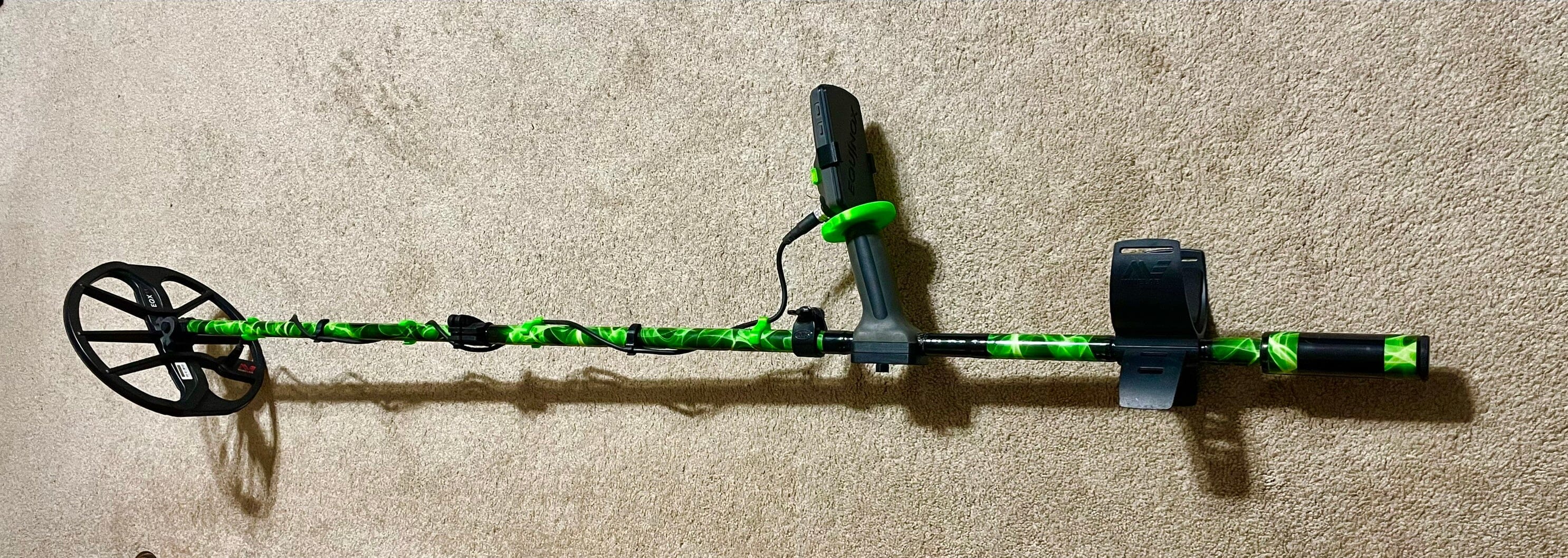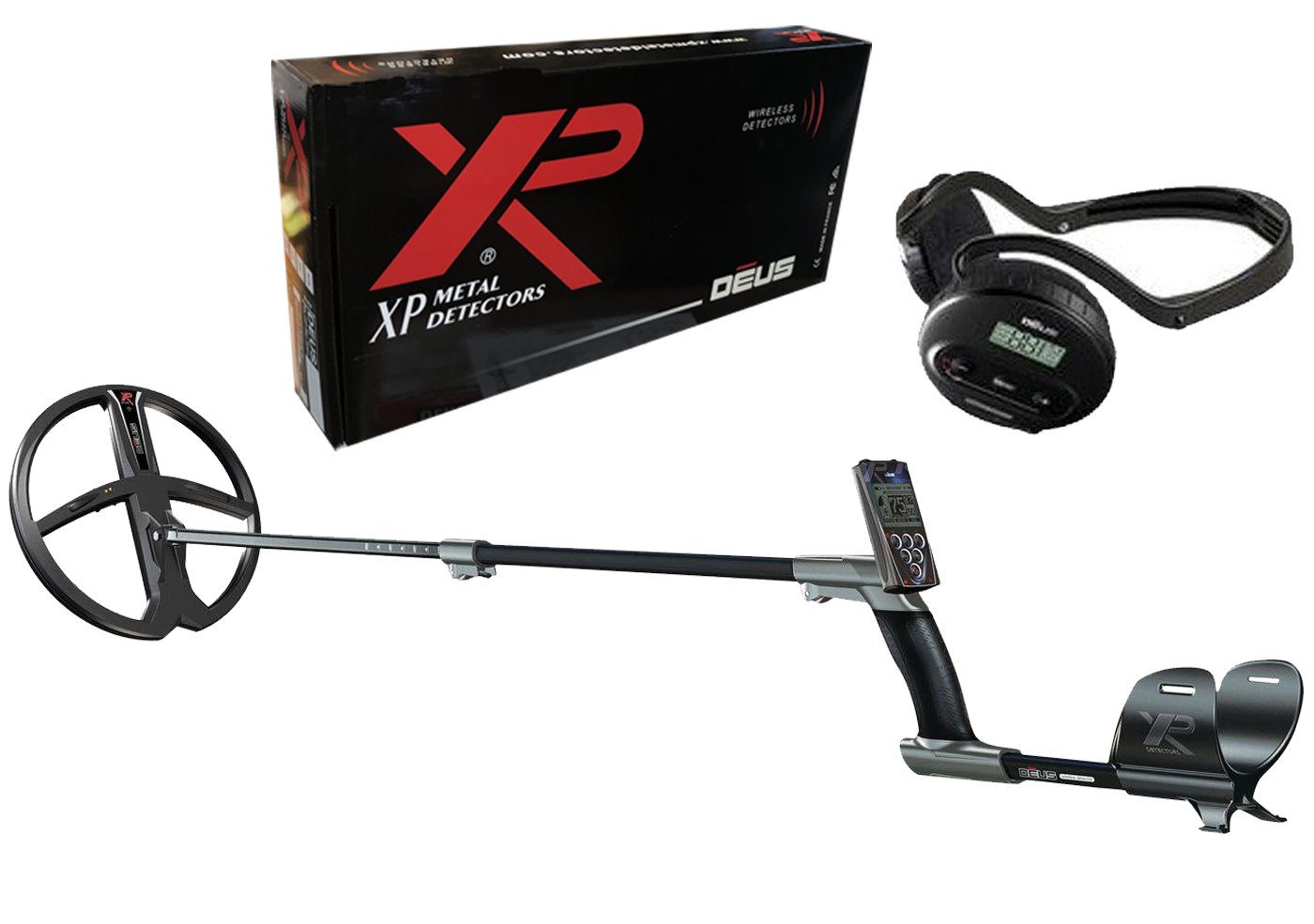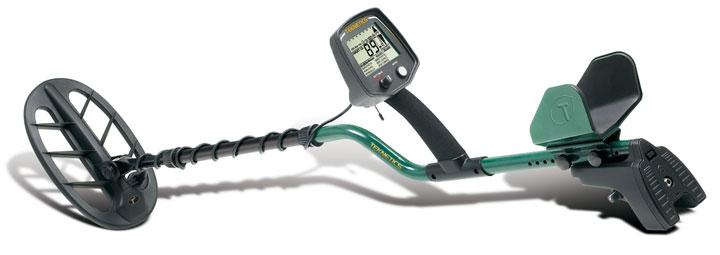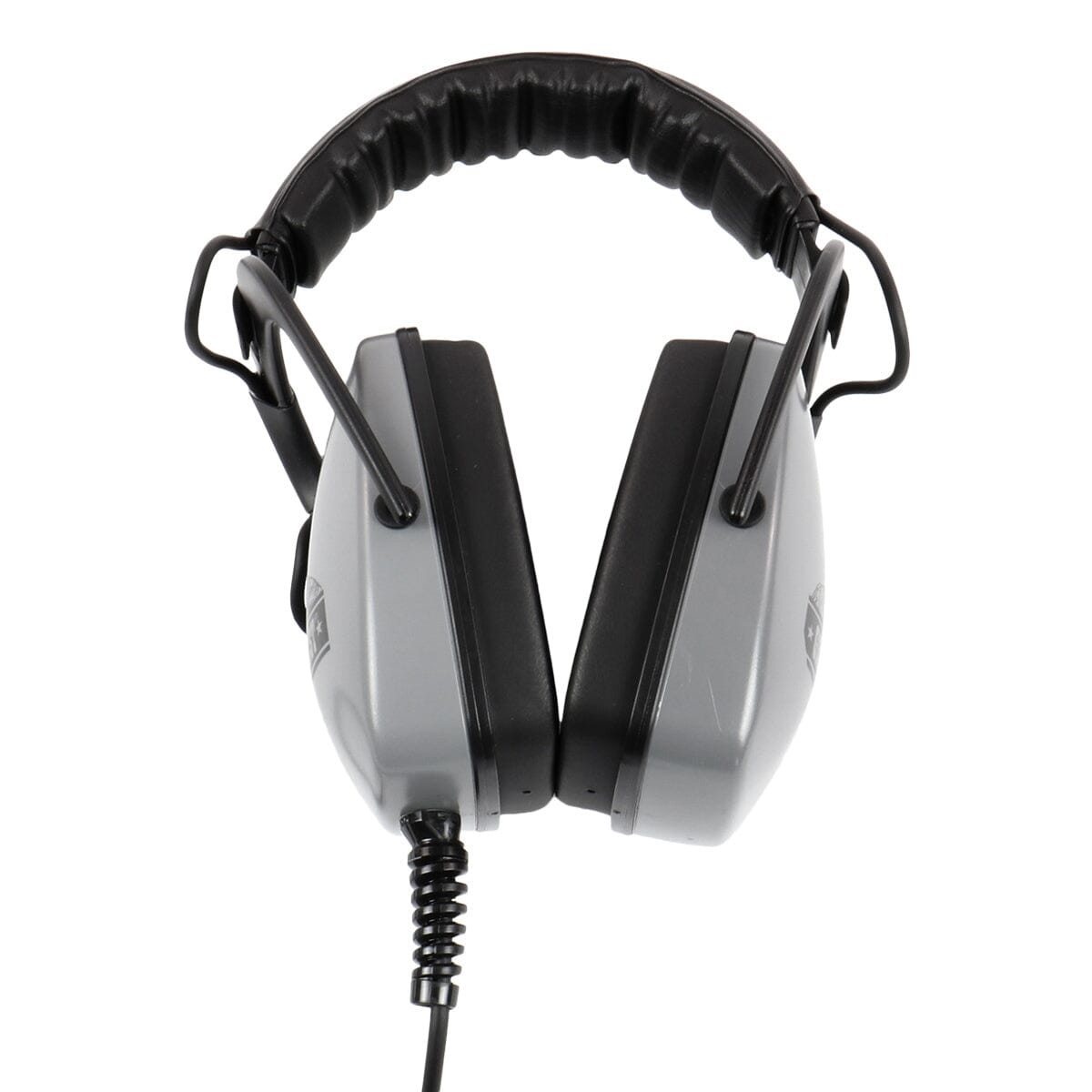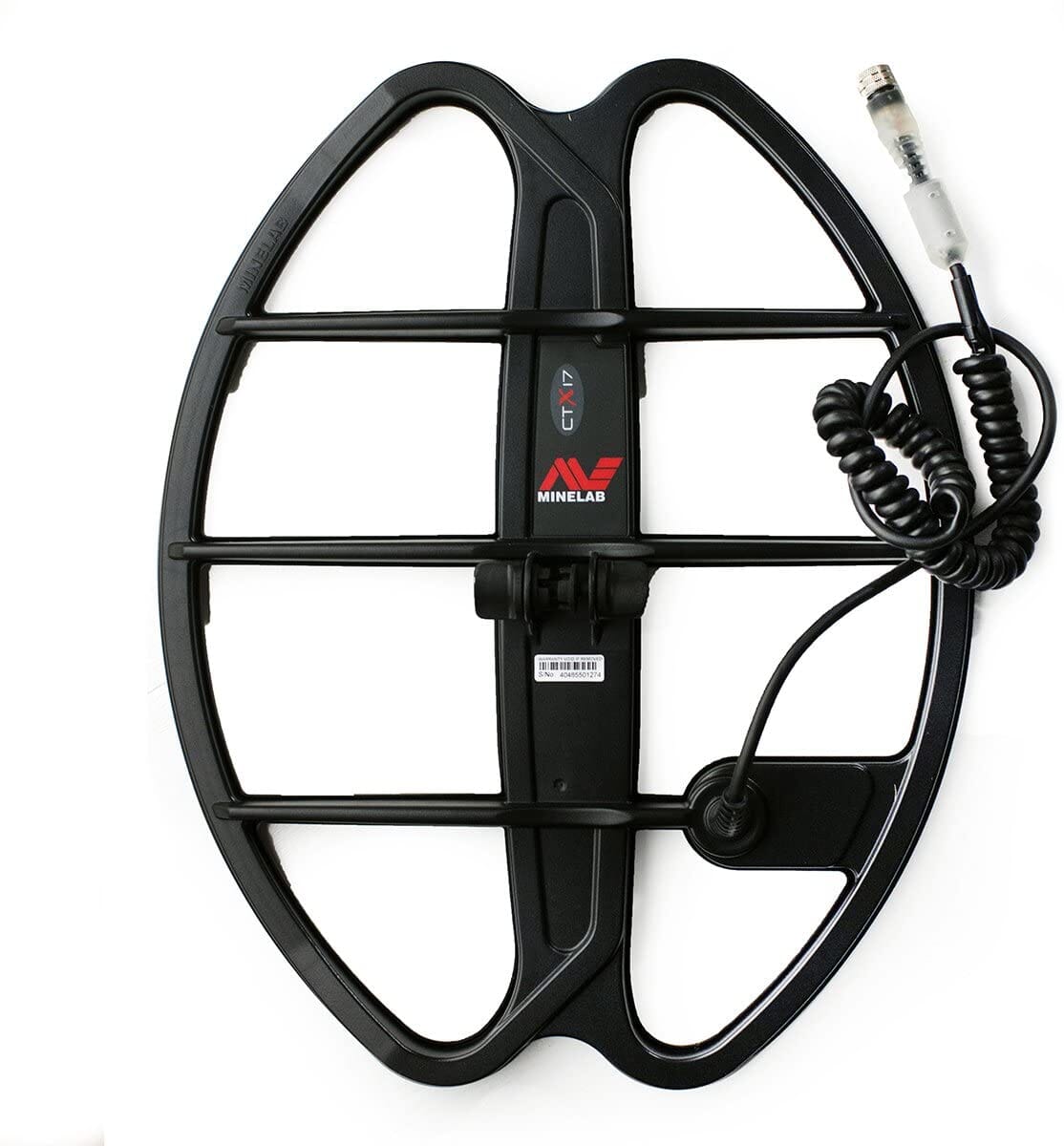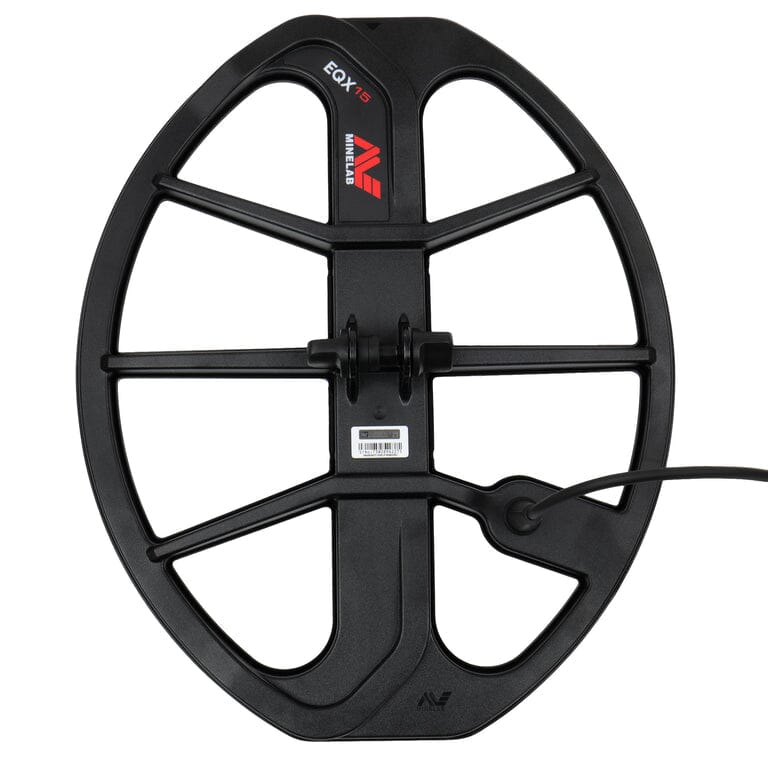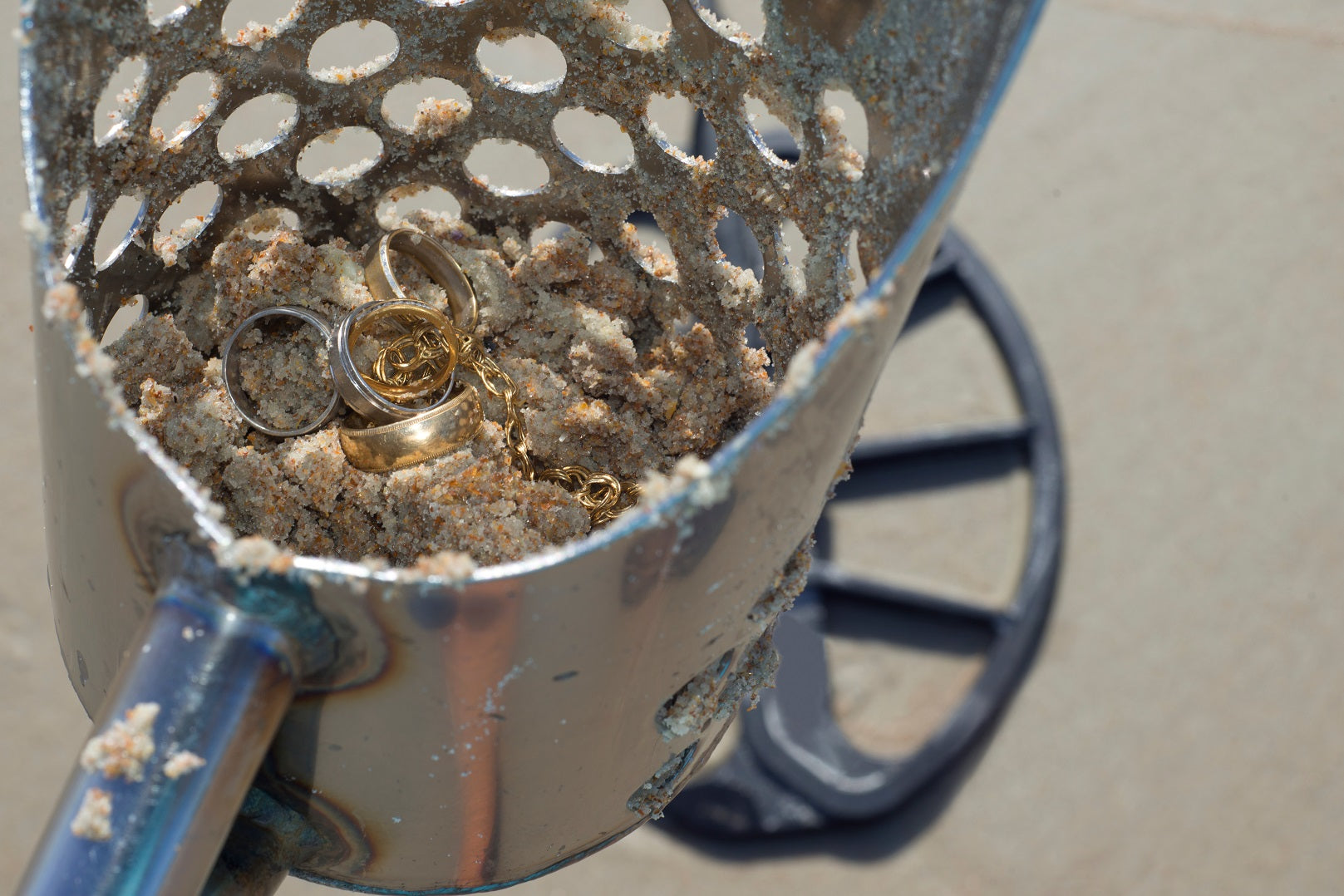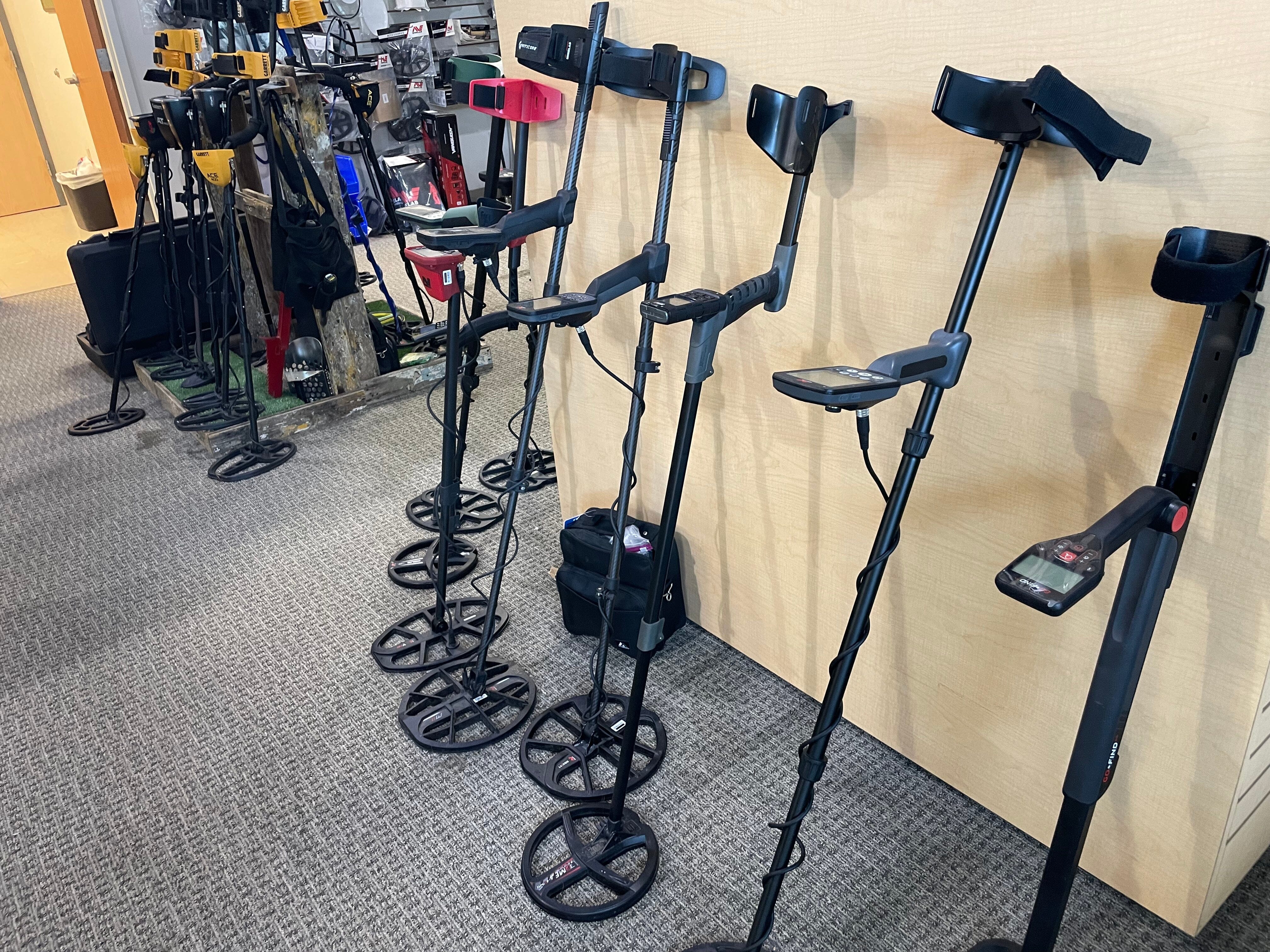Menu
FAQ: How do I use a metal detector to find property pins/markers?
A metal detector can be an effective means of finding property markers and is usually MUCH cheaper than hiring a professional location company to come out and find the pins.
Property markers are commonly used in most municipalities to mark the legal boundaries of a platted property. They are metal pins that will typically be found at every corner of your property and any point on your property where the line changes direction (i.e. if you have sharp angle turn on your property line, there will likely be a marker placed where the new line direction starts). The markers will usually have a colored plastic cap with a number on it and are typically only 6-10 inches deep. Although this can vary depending on time and the amount of topsoil that was placed on the property after the pin was placed.
See if You Can Locate a Survey of Your Property
You will want to see if you can obtain a survey of your property. The markers will typically be annotated somewhere on the survey. If you cannot find a survey of the property, try visiting the official website for the county you are living in. More than likely you will find an online mapping system commonly called a GIS (Geographic Information System). Here you can get a relatively good idea of where your property corners and thus the markers should be.
Property lines typically start about 12-14 ft from the curb line of the adjacent street. It will be further off the street where any property sidewalks, setbacks, or easements are located.
Although the survey will give you a general idea of where the markers are, it may not be as easy as looking at the survey to find the markers. This is because they are typically going to be covered with several inches of soil. Additionally, the markers themselves may be made of various types of metal such as copper, brass, or even iron. It is not uncommon in certain areas for the markers to simply be rebar driven into the ground.
Make Sure You Are Digging Safely
If you can find an approximate location of the pins, your most likely will want to call an underground utilities location service to make sure there are no buried lines that you may encounter when digging (i.e. electrical lines, gas lines, sewer lines, etc.) While you most likely won't need to dig deep enough where you might encounter these things, it is better to be safe than sorry. Where we live, in the Kansas City area, there is a free hotline where you can get these locating services for free. Dig Safe or 811 are the most common and can be reached by dialing 811 in most areas to obtain the service. This service is typically provided for free.
Tools Needed to Find Property Markers
- Survey
- Measuring Tape or Wheel
- Metal Detector
- Digging Tool
Start by Finding The First Property Marker
Using a survey or GIS get a general idea of where the first property marker should be found. This will be the hardest marker to find in most instances. But, once you find the first one it gets easier. After you use a metal detector to find the first pin, you can use a measuring device to try to plot the location of the additional pins and continue to use the metal detector to find the remaining pins in the same manner.
Finding a Metal Detector to Find Property Markers
If you or a friend don't happen to have a metal detector lying around, you can typically rent one from a local metal detecting shop. In the event you don't have a metal detecting shop nearby, you will find that many equipment rental services have metal detectors for rent. These are the same types of businesses that rent things like floor scrubbers, awnings, party supplies, or small to heavy equipment. The metal detectors you can rent at one of these establishments will likely be very basic metal detectors for he most part, but this is really all you need for property markers.
Setting Up a Metal Detector to Find Property Markers
Once you have a general idea of where the property corners are, you will need to make sure you have your metal detector's settings set up for your best opportunity for success.
Remember, these markers can be made of just about any metal. And, since different metals will show up differently on various metal detectors, you will need to set up the detector so it can find all metals. Most metal detectors have an "all metal" or "zero discrimination" mode.
The Garrett ACE 400 Metal Detector is Great for Finding Property Markers

In most cases you can simply press the mode button on a metal detector to switch between different search modes.
Set the sensitivity to the maximum level that it does not get interference from external sources such as electric lines, radio towers, etc. Usually about 2/3 to 3/4 sensitivity is enough.
Searching For Property Marker Pin With Metal Detector
Start searching for the property pin where you would most likely expect it to be and fan out in a circular pattern from there making sure you cover every square inch of the ground.
If you happen to know the type of metal the pin is your are searching for, or you can find one of the markers, it is a good idea to swing your detector over the pin several times to see what type of signal you are getting. Then, you can eliminate other trash targets and look only for that similar signal. More conductive metals like copper and brass will usually give a higher tone and number on the metal detector. Iron pins will give you a lower tone and digital read out on most metal detectors.
Swing the metal detector from left to right in a moderate pace. There is no need to go super slow with it. But for most VLF or (very low frequency) metal detectors the coil needs to be in motion to receive a signal. Speed is not a super important factor when looking for property markers. You will cover more ground if you swing the coil fast and can always slow down once you get a "hit" or signal to pinpoint the target.
Some metal detectors have a pinpoint function. This is a button that you push to force a signal out. With this function engaged (i.e. button pushed) the detector will force a signal and reception even if the detector is not in motion. This helps you more accurately locate the target's position. If the detector you are using does not have this mode, simply move the detector coil in an "X" motion and visually pinpoint where you are getting the strongest signal. This is where you want to dig.
Depending on the metal detector you are using there will be some sort of depth indicator. This will give you an approximate depth range of the target. For this indicator to be most accurate you need to keep the detector's coil as close to the ground as possible.
Once you have pinpointed the target and know the approximate depth, dig a plug at the approximate depth of the target. Sometimes using a probe or a screwdriver to located the object is a good start too. Some property markers will have a plastic cap on them and some are simply rebar driven into the ground.
Locating a property marker yourself is not too difficult. We rent metal detectors quite frequently to people for this very purpose. Most of them are successful. This DIY is one that can help you save a lot of money over hiring a professional. The next step before doing that is to find a local metal detectorist, in your area, that will likely have the experience you need to locate the property marker. One good resource for this is The Ring Finders. Don't let the name fool you. On this website you can locate metal detectorists across the country (or world for that matter) with the ability to find just about anything.

You Might Be Interested In
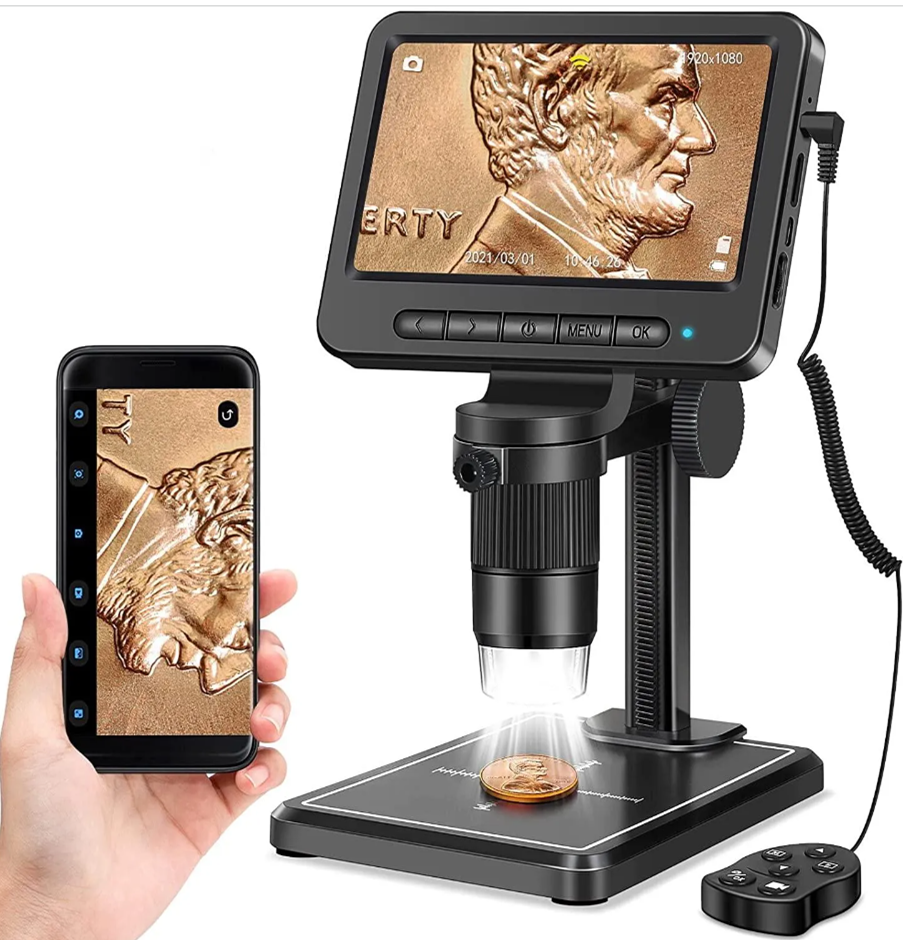
Coin & Relic Cleaning Supplies
Pair text with an image to focus on your chosen product, collection, or blog post. Add details on availability, style, or even provide a review.
- Choosing a selection results in a full page refresh.
